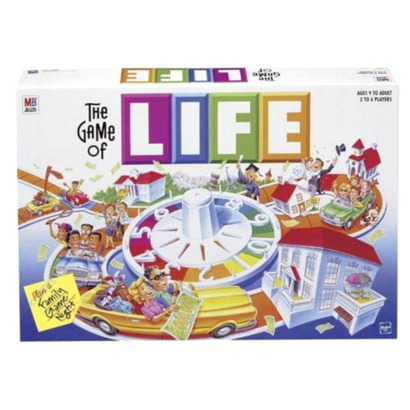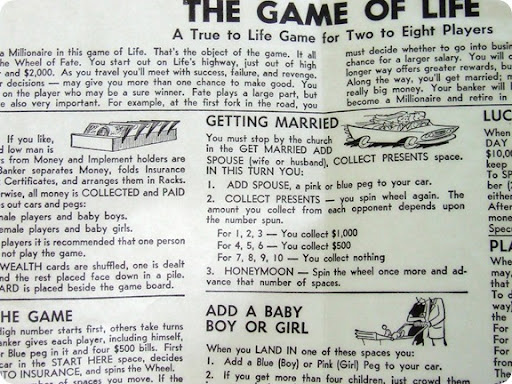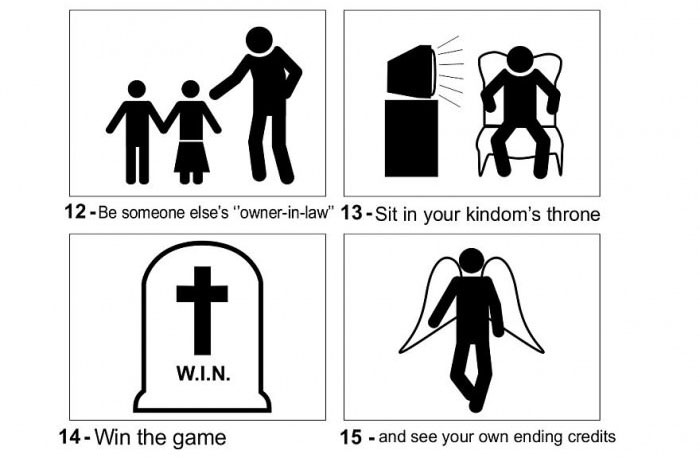

The game can also serve as a didactic analogy, used to convey the somewhat counterintuitive notion that "design" and "organization" can spontaneously emerge in the absence of a designer.

It is interesting for physicists, biologists, economists, mathematicians, philosophers, generative scientists and others to observe the way that complex patterns can emerge from the implementation of very simple rules. Life is an example of emergence and self-organization. Because of Life's analogies with the rise, fall and alterations of a society of living organisms, it belongs to a growing class of what are called 'simulation games' (games that resemble real life processes)Įver since its publication, Conway's Game of Life has attracted much interest because of the surprising ways in which the patterns can evolve. The game made Conway instantly famous, but it also opened up a whole new field of mathematical research, the field of cellular automata. From a theoretical point of view, it is interesting because it has the power of a universal Turing machine: that is, anything that can be computed algorithmically can be computed within Conway's Game of Life. The game made its first public appearance in the October 1970 issue of Scientific American, in Martin Gardner's "Mathematical Games" column, under the title of The fantastic combinations of John Conway's new solitaire game "life". The Game of Life emerged as Conway's successful attempt to simplify von Neumann's ideas. (In other words, each generation is a pure function of the one before.) The rules continue to be applied repeatedly to create further generations.Ĭonway was interested in a problem presented in the 1940s by renowned mathematician John von Neumann, who tried to find a hypothetical machine that could build copies of itself and succeeded when he found a mathematical model for such a machine with very complicated rules on a rectangular grid. The first generation is created by applying the above rules simultaneously to every cell in the seed - births and deaths happen simultaneously, and the discrete moment at which this happens is sometimes called a tick. The initial pattern constitutes the 'seed' of the system. Any dead cell with exactly three live neighbours will come to life.Any live cell with two or three live neighbours lives, unchanged, to the next generation.


Any live cell with fewer than two live neighbours dies (referred to as underpopulation or exposure ).At each step in time, the following transitions occur: Every cell interacts with its eight neighbours, which are the cells that are directly horizontally, vertically, or diagonally adjacent. This project gives students an idea of the type of lifestyle they can expect given their dream life scenario, and whether their dream life is financially possible.The universe of the Game of Life is an infinite two-dimensional orthogonal grid of square cells, each of which (at any given time) is in one of two possible states, "live" (alternatively "on") or "dead" (alternatively "off"). The second piece of "The Game of Life" is for students to research their dream life (what kind of car they'd like to drive, what career they'd like to have, where they'd like to live, etc.), and use their dream life during the second semester to balance their finances. Whoever saves the most money at the end of the semester gets a prize! The object of the game is to save the most money. (Each two weeks emulates one month in real life.) Checkbooks must be balanced every two weeks, and random life events (car accidents, health copays, car oil changes, etc.) will be thrown into the mix after balancing the checkbooks for a few months. Students will be paid every two weeks, and must pay their living expenses every two weeks. Each character has an occupation, annual income, home life description, monthly income and monthly expenses.
#INSTRUCTIONS FOR THE GAME OF LIFE HOW TO#
Instructions for how to balance a checkbook to go along with "The Game of Life" game.Įach student will be given a character that they will "act out" during first semester.


 0 kommentar(er)
0 kommentar(er)
